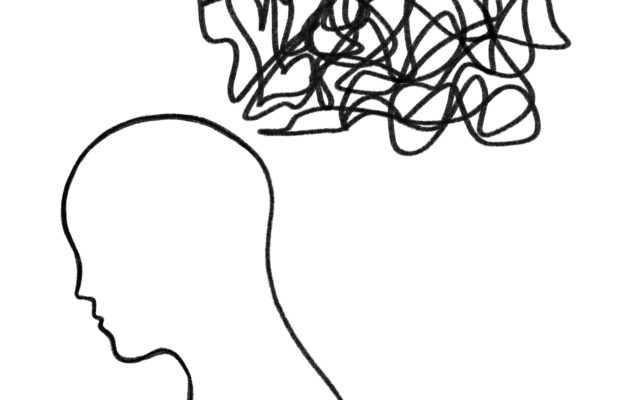Mental health support needs to help the mentally ill

According to my medical history, I have never had major problems with my health aside from appendicitis and the occasional flu. However, when looking closer you will see a history of mental illness. Notes from therapists and psychiatrists, hospitalizations for suicidal ideation and an attempt and admittance to a psychological facility in west Torrance. But these are hidden, internal ailments that are surrounded by stigma and negative connotations.
I have dealt with these issues for most of my life, but have only recently been able to get help. As early as eight years old, I felt a sense of impending doom and sadness. I felt alone and confused, and wondered why I felt so sad all of the time. At thirteen I found out that I had abnormally low baseline serotonin levels and started medication.
In January 2022, I was rushed to the hospital and sent to a psychiatric facility in Los Angeles after a suicide attempt. There is a big stigma around psychiatric facilities and most people do not realize that the reason many people end up there is not because they are seeing things or hurting others, but because they have hurt themselves or planned to. In my experience, the healthcare providers were more aggressive than the patients that society had labeled as “crazy.” In reality, the patients were just traumatized children who had no control over their situations, whether that was home life, genetics or both.
Days in the hospital were filled with worksheets written out in crayon and intensive group therapy. Every emotion was measured to determine when you would be able to leave.
The staff led with callousness rather than compassion and empathy, and often yelled at patients when they asked for water or going to the bathroom, which we were not allowed to do ourselves.
When I got out, as well as others I met during my stay, we reconnected and we all had the same anxieties about going back to our lives, regardless of the length of our time at the ward. The way emergency psychiatric facilities are run is not the right way to deal with mentally ill people, much less children. The reason we go about dealing with the mentally ill poorly is because we perceive it as “dealing” with an issue rather than trying to help those in need of support. By putting this issue in the context of having to “deal” with people, society lost sight of trying to help us. Instead, people focus on how they can make handling people with mental illness easier for themselves. The intention is not to help the mentally ill, but rather to give support to those who send their loved ones away.
We need to reevaluate what it means to help people with mental illness and we need to listen to each other on what will help us. This reevaluation must be done with compassion and empathy. We must focus on helping those in need rather than adapting for other’s comfort levels. Talk of suicide and mental illness should not be dialed down to increase comfort because the only way towards progression in situations like these is empathy.



